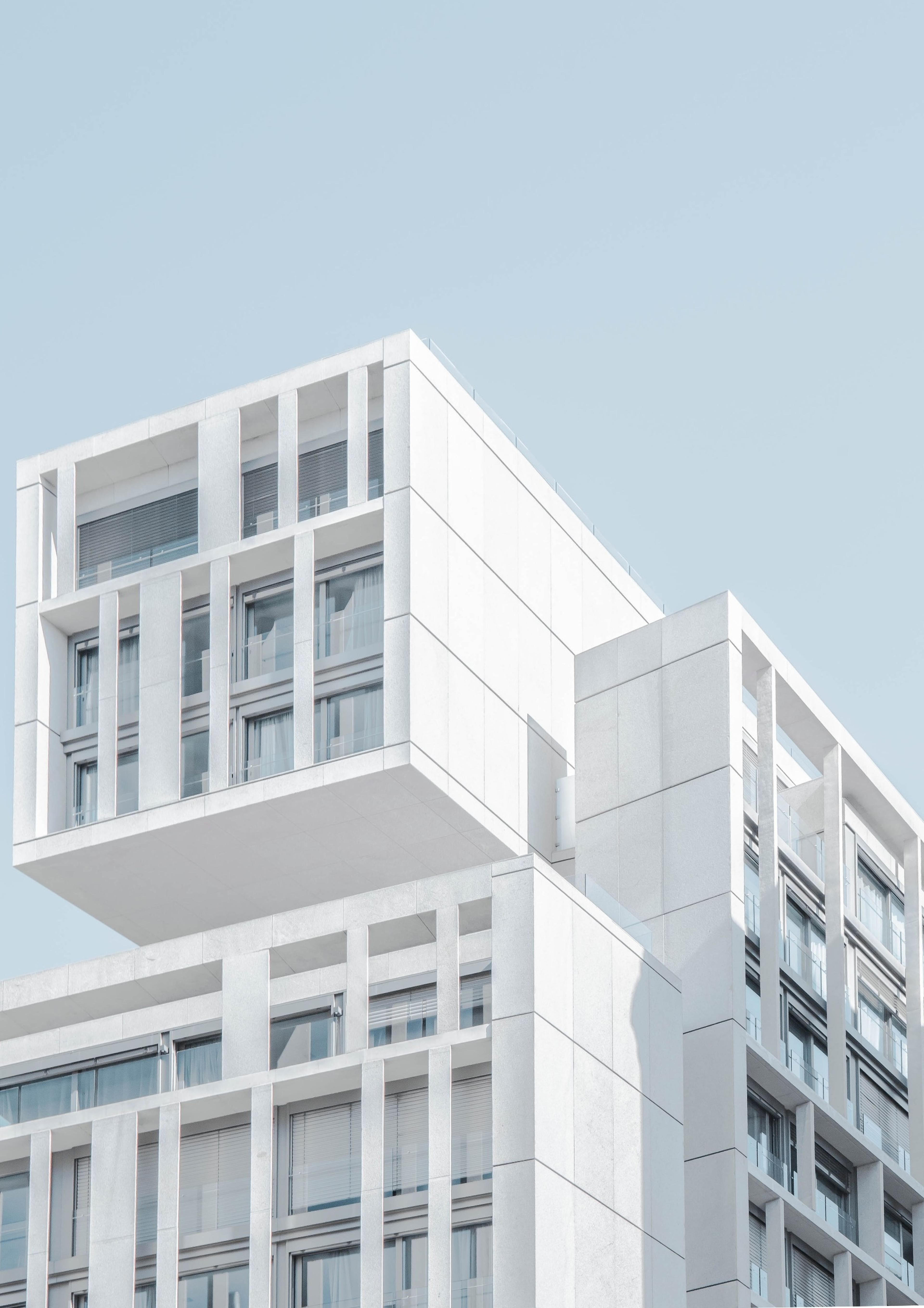
Buildings designed by architects may not be altered without due consideration. An architect has the right to oppose any modification or distortion of their work. How far does this copyright extend? That was the central question in preliminary relief proceedings earlier this year concerning the design of the new entrance hall at Eindhoven Airport.
Architects hold copyright over their drawings, designs, and sketches. The Dutch Copyright Act grants two types of rights: the exploitation right and the moral right. The exploitation right refers to the right to reproduce or publish the work. Drawings may not be used or copied without the architect’s permission. The moral right allows the architect to oppose modifications or distortions of the building they designed. The architect has attached their name to the work.
The Copyright Act distinguishes between “ordinary” modifications—such as those resulting from a change in zoning or usage (Article 25(1)(c) of the Copyright Act)—and modifications that constitute a distortion of the work.
Ordinary modifications are permitted, provided they are such that it would be unreasonable for the architect to object. This involves a balancing of interests between the original architect and the client.
Distortion of the work refers to changes that compromise the copyright-protected features (the distinctive elements) of the building and that may damage the architect’s reputation (Article 25(1)(d) of the Copyright Act). The architect can only oppose such changes if they can prove reputational harm. What matters is how the relevant public perceives the change. In assessing the impact on the architect’s reputation, factors such as the nature and severity of the modification, the reason for the change, the public recognition of the work and its creator, and the visibility of the change to the relevant public all play a role.
Demolition of a building does not constitute distortion under the Copyright Act, as the architect’s reputation cannot be harmed if the building no longer exists.
In 2005, a design team called 'Constellation' designed a terminal with offices, shops, and hospitality facilities at Eindhoven Airport. The design included several distinctive features, such as “Dakota wings,” rounded rooflines, and V-shaped columns inside the glass structure. In 2011, Constellation, together with another architect—the claimant in this case—created a design for an expansion (phase 2) of the airport (an extension of the existing terminal, a new terminal hall, and a rooftop hotel). In 2021, Eindhoven Airport launched a tender for further expansion (phase 3). The claimant did not participate in the tender. The contract was awarded to EGM, which produced a preliminary and final design. Eindhoven Airport obtained an environmental permit based on that design, which has become irrevocable.
The claimant seeks an injunction to prevent the execution of the terminal expansion according to EGM’s design. He argues that the changes result in a severe and irreversible distortion of the harmony and lines of the original design, constituting a mutilation or at least a distortion of the work. The claimant is known to the relevant public as the architect of the airport and claims reputational harm due to the distortion (sub d). Alternatively, he argues that he can reasonably oppose the modification (sub c), asserting that Eindhoven Airport was expected to maintain the original design language and had no valid reason to deviate. He believes the balance of interests should be in his favor.
Eindhoven Airport denies that the work has been distorted or mutilated. According to the airport, EGM’s design does not alter the original work but merely adds a new building adjacent to it and connects it to the terminal. The distinctive elements remain intact and visible, and the design does not disrupt the harmony, lines, or design language. Moreover, the claimant’s reputation is not harmed. If there is any distortion, it is minimal. The claimant is not widely recognized as the architect of the terminal, and the relevant public is generally positive about EGM’s design.
The airport argues that the balance of interests should favor them, as the chosen design language has only been minimally altered and a delay in construction or redesign would cause disproportionate harm.
The preliminary relief judge ruled that there was no distortion (sub d). The judge listed the facts and circumstances that may be relevant in such cases:
There was also no modification under sub c. Although the existing work was altered and the new entrance hall affects its visibility, whether an architect can oppose such changes depends on a balance of interests. In this case, the following factors were considered:
In this case, the architect’s moral rights were not violated, according to the judge. However, a different outcome was reached in a case between architect Fons Verheijen and the Naturalis museum. There, the judge ruled in preliminary relief proceedings that the work had indeed been distorted. Naturalis claimed tens of millions of euros in damages due to the imposed construction halt, but this did not sway the court.
In 2023, the Chief Government Architect issued guidelines for clients wishing to modify buildings. These include four recommendations for handling copyright properly:
These recommendations do not solve all problems but contribute to a careful procedure. A client who ignores them will have some explaining to do in court. The same applies to an architect who avoids dialogue or raises objections too late.
For questions, please contact Per van der Kooi, Attorney at law in Real Estate & Rental Law.
Would you like to receive a monthly overview of updates and blogs in your inbox? Subscribe to our newsletter here!